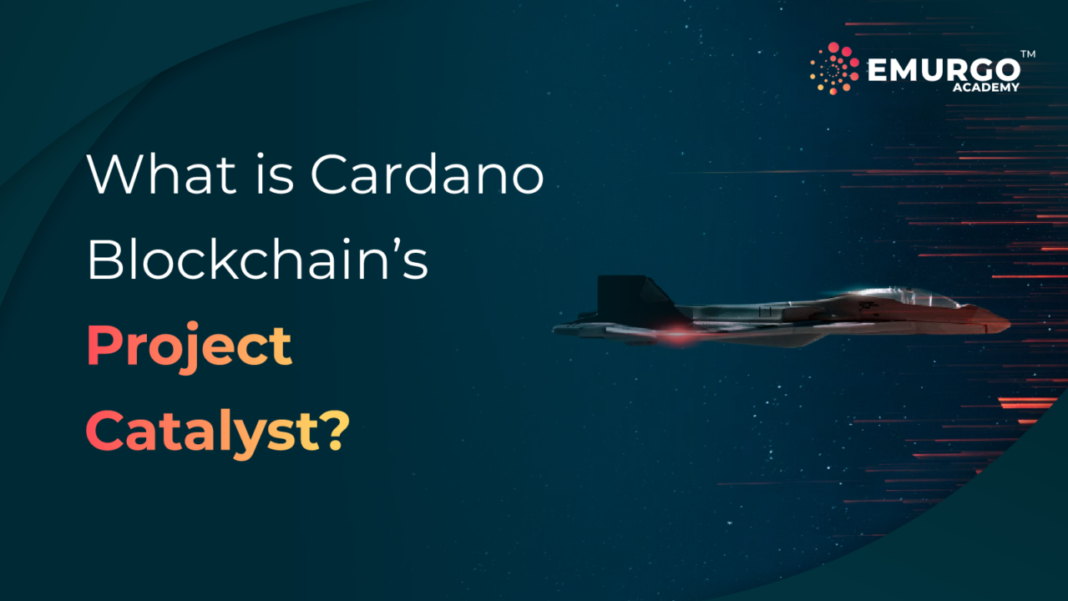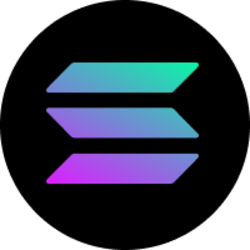About Cardano’s Project Catalyst
Project Catalyst is a Cardano community fund dedicated to investing and supporting developers looking to build on top of Cardano’s blockchain through the votes of ADA holders.
It’s an extension of the Cardano treasury and serves as a framework for the future of Cardano’s governance mechanism.
To date, Project Catalyst has completed 9 rounds that provided funding to various innovative Cardano projects voted on by the community.
Each fund lasts for around 3 months with a week of recess between funds.
Project Catalyst Funds
The funds to finance each of the rounds come from the Cardano treasury, funded through fees generated by Cardano transactions.
Each fund starting from 1 to 7 gradually increased in the total amount. Fund8 was doubled to $16 million and Fund9 will be another $16 million in funding.
Starting in Fund 10, all proposals will have to request their budgets in ADA and take into account any possible price volatility when they do it.
Roughly 12 million ADA goes to finance the proposals. The rest of the budget is divided into incentives for the proposal reviewers, veteran proposal reviewers, challenge teams, referrals, and voters.
Project Catalyst Roles
There are several roles in Project Catalyst:
Proposers: These are the individuals or teams that write proposals for each Project Catalyst Fund.
Proposal Reviewers: They review the proposals. They give it a score based on criteria outlined later in this article.
Veteran Proposal Reviewers: They are in charge of quality control. They make sure all reviews are appropriate.
Challenge teams: These are groups of people that take charge of promoting and helping the teams entering the particular challenge.
Voters: They are the ADA holders that register their wallets to vote.
How the Project Catalyst Funding Process Works
Each fund on the Catalyst platform follows the same structure:
(Source: IOHK)
Insight Sharing
In this first stage, the Project Catalyst challenges are open for comments by the general public. Anyone is free to make a post regarding how they think the challenge should be used, what proposals fit in the category, and any other general idea.
The posts do not reflect on the proposal and don’t factor directly into the selection process. Yet, here is where teams can get their first traction. Also, many successful proposals begin as a comment that can be used to test the idea. This phase lasts for 7 days.
Proposal Draft Submission
In the second stage, the first draft of the proposal is presented.
People are able to read it and comment on how they feel regarding the idea. The comments are not monetarily incentivized, so very few people comment on them.
In this stage, projects aim to leverage their communities to get them to comment. That way the proposal becomes more visible and starts showing up at the top of the page. It’s crucial to have engagement early. This also lasts for 7 days.
Proposal Refinement
At this point, proposers are supposed to make adjustments to the proposal based on the feedback given by the comments. Again, very few people actually comment, so it’s hard to get real feedback. This also lasts for 7 days.
Proposal Finalization
This is the last week possible to edit the proposal.
By now, the community has helped proposers by commenting on the platform and giving them useful feedback to make the proposals better.
Organic comments tend to be very rare. Normally projects just have their communities comment to make it look like people are taking notice. Again, it’s hard to get a meaningful impact on the proposals because comments are not incentivized with payments. This last editing time also lasts for 7 days.
In total, proposers have 3 weeks to make edits to their proposal. From submission to finalization edits can be made and comments are open so the community can give insights to the proposers. Submissions are also open during those 3 weeks, and there are a lot of proposals that are added during the last week or even days.
Proposal Review
During this period, proposals are locked and cannot be edited any longer.
Proposal Reviewers go through all of the proposals and score them on three categories:
- Impact
- Feasibility
- Auditability
Impact is how aligned the proposal is with the objective of the challenge. Second, how much impact the proposal will have on the Cardano ecosystem and the blockchain industry in general?
Feasibility is based on how possible this proposal will be completed by looking at the members of the team, their experience, the roadmap of the proposal, and the budget requested.
Auditability is a measure of all the information in the proposal that would allow the community to follow its progress. Here clear and objective KPIs, goals, metrics, and a budget breakdown are important.
Each category is scored using a 5 stars metric.
The final score is an average of the reviews by all proposal reviewers. It’s impossible to know ahead of time how many proposal reviewers will review a proposal.
Generally, Project Catalyst aims to have at least 3 reviews for every proposal.
Proposal Reviewers are general members of the community. Anyone can join to become one, the only restriction is that if you are a proposer and a proposal reviewer, you cannot review proposals in the same category you published yours.
Assess QA
After the initial review, proposers are given 4 days to review the work of the proposal reviewers.
Here they flag any review that is unhelpful, vague, offensive, or generally of poor quality. All of these complaints are then passed to the Veteran Proposal Reviewers, those who have been proposal reviewers for 3 consecutive funds and have experience with the proposal review process.
They go over all of the reviews made by the proposal reviewers and vote if a particular review should be removed.
They compare the original review with the comment made by the proposer flagging it and deciding if it should be taken down. The proposers have 4 days to flag reviews and the Veteran Proposal Reviewers have 10 days to decide on the final outcome.
Snapshot
The snapshot is when the balance on all the Cardano wallets registered to vote is taken.
This is what gives them their final voting power. Also, here the final score of the proposals is published, as the CPRs finalize their work of reviewing the work of the proposal reviewers.
Governance Phase
Here the community is given 3 weeks to vote on the different proposals.
Anyone who registered can vote for as many proposals as they want. The vote can either be a favorable upvote or a negative downvote.
Tallying
Finally, the last week is used to tally all of the votes and announce all the funded proposals at the end of the cycle.
Original Source: https://emurgo.io/what-is-cardano-blockchains-project-catalyst
Disclaimer: Cardano Feed is a Decentralized News Aggregator that enables journalists, influencers, editors, publishers, websites and community members to share news about the Cardano Ecosystem. User must always do their own research and none of those articles are financial advices. The content is for informational purposes only and does not necessarily reflect our opinion.






